What if a user visits your e-commerce site and cannot see recently ordered items? Your frontend architecture is top-notch, but if your API request gets timed out due to some reason, that’s no good at all.
API load testing is done to ensure such types of scenarios are avoided as much as they can be. It is a systematic way to check how much load your API architecture can handle before the users themselves get to know it.
During API load testing, the amount of traffic with which the API is tested is usually more than expected in production. This ensures the API is robust and reliable when actual users start hitting the endpoints.
Benefits of API Load Testing
There are various types of API tests, and one of them is load testing. API testing, in general, is important because it allows developers to quickly test the application’s functionality without needing a UI to test on. API tests are significantly faster than UI tests and are much more useful when designing software architecture.
Load testing APIs prevents scalability bottlenecks. It’s a situation when the response time increases as the amount of load increases on the API. So, for example, if your API response time is 500ms for 100 requests per second, it will increase up to 800ms for 1000 requests per second. All of that means your API isn’t scalable anymore, and you need to optimize it.
Also, if your APIs connect to third-party APIs, load testing is really useful for ensuring that the whole system works as expected.
Now, we will look into the best API load testing tools.
Clobbr
Clobbr is an open-source application as well as a CLI (command line interface) tool to test API speed and load. You can set up request timeouts, headers, and payload and test multiple API endpoints regardless of what API architecture you use.
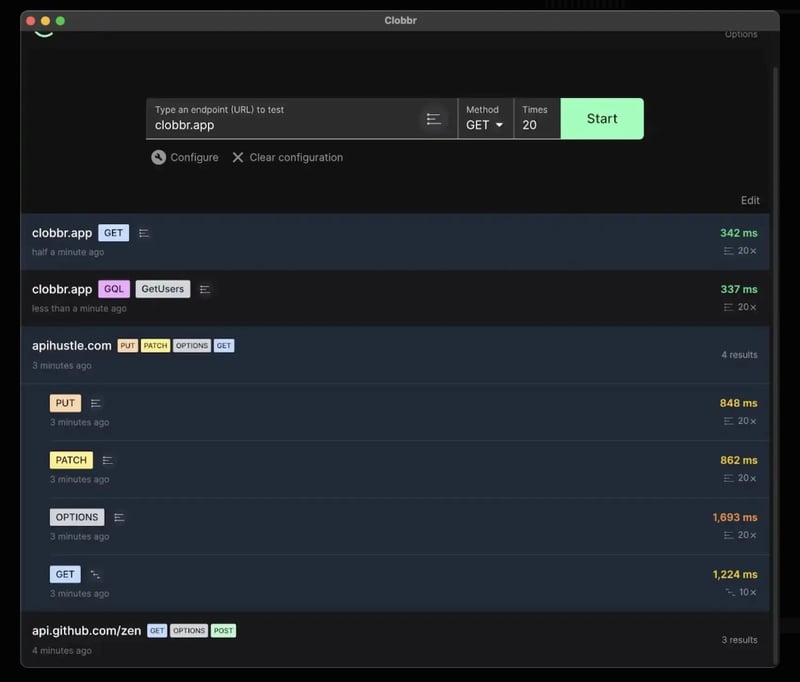
Some more of its features include:
- Automatic GraphQL detection
- CI/CD Integration
- Script testing
- Trendlines
You can view the results in a tabular as well as graphical format for metrics such as standard deviation and percentiles. The best thing about it is that all of your data is stored locally, and no account is needed to test APIs.
K6
K6 is offered as an open-source tool as well as a cloud service, which you can access in Grafana. Using K6, you can create a script in Javascript to test endpoints and run it locally, on the cloud, or on distributed systems without any hassle.
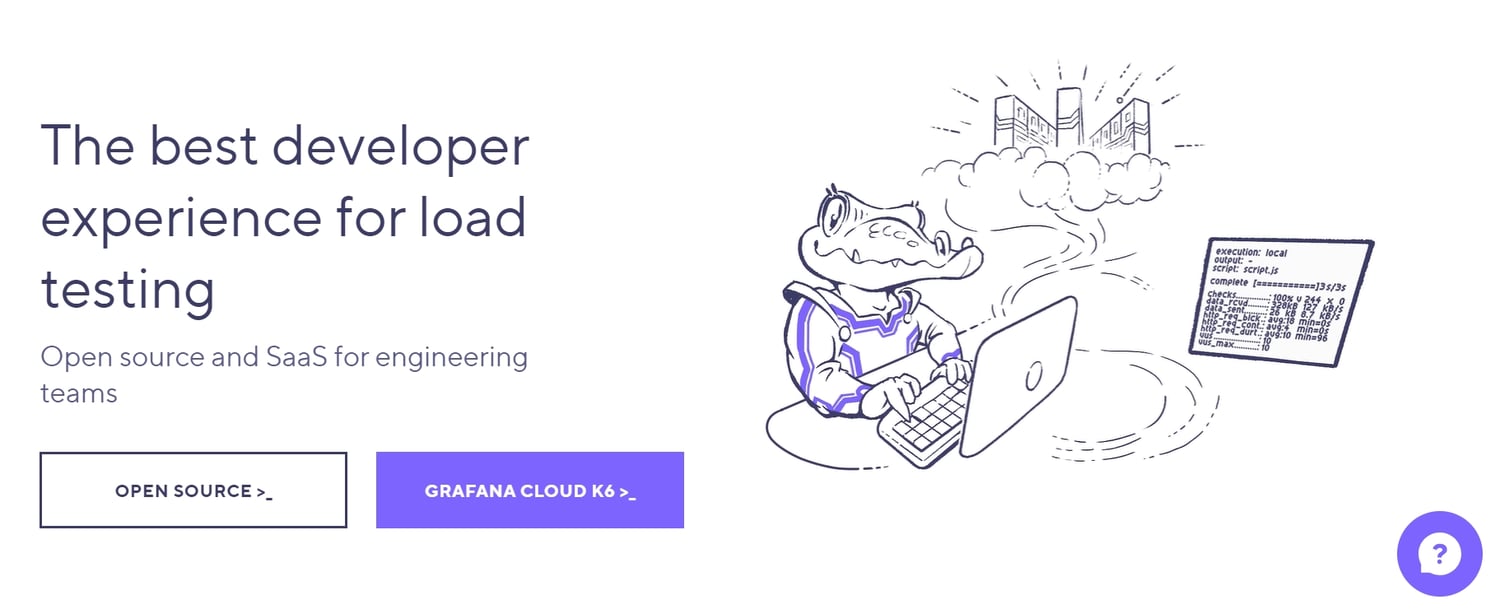
You can also test the API from a total of 21 load zones worldwide. This helps you to test real global traffic situations.
Although K6 is primarily designed as a load testing tool, you can use it to perform other types of testing as well, such as:
- End-to-end Web Testing
- Infrastructure Testing
- Regression Testing
- Fault-injection Testing
K6 can be integrated with popular developer tools like VS Code, Postman, Grafana, Datadog, IntelliJ IDEA, etc. Also, K6 has a huge open-source community you can benefit from.
LoadView
LoadView is a cloud-based load testing tool involving real browsers. It is used to simulate API calls, test real user interactions on a browser, validate API responses, test user experience under load testing, and much more.
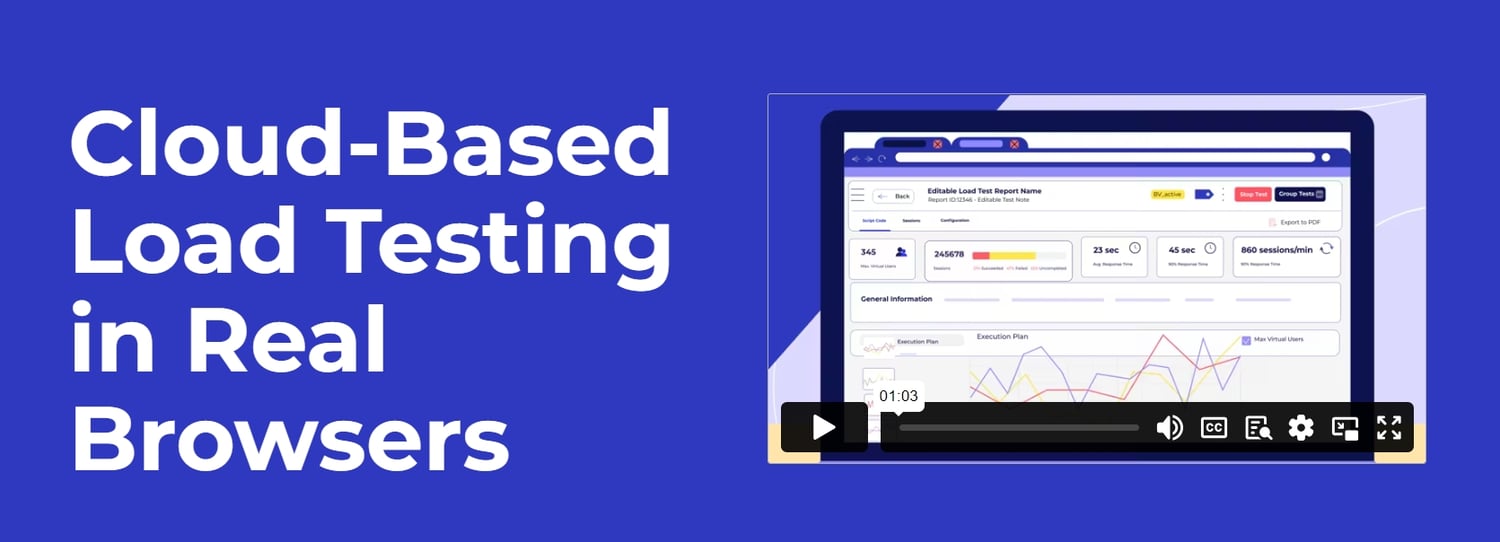
You can build a custom load test script for your website and test everything from browsing and login forms to shopping carts, portals, and more. LoadView can also be integrated with Selenium, JMeter, Postman, and related tools.
You can schedule a demo call or can start with a free trial to use LoadView. It offers custom pricing for enterprise solutions.
LoadNinja
LoadNinja, as the name suggests, is a load testing tool used to test your application with real browsers. It claims to reduce the test script creation time by 60% with the use of its InstaPlay Recorder and artificial intelligence.

It can spin up multiple real browsers simultaneously to accurately load test your API under real conditions. You also get actionable insights in the form of browser-based navigation timings, response times, and network data so that you can quickly isolate issues.
Internal applications can be put to the test by setting up a proxy. LoadNinja does not offer a free plan, and the plans are based on load hours.
Postman
Postman is an API development & management platform. It has a variety of use cases. From building APIs to streamlining collaboration between API development teams, Postman is an all-in-one platform for APIs.

API load testing is often referred to as performance testing, and Postman’s performance testing platform helps you to simulate real-world scenarios and deploy with confidence. You can observe performance metrics such as response times, error rates, and requests per second under a simulated load.
Writing tests in Postman using Javascript is easy. You can test individual requests, collections, and folders. Using Postbot, a Postman AI tool, you can generate API test scripts using artificial intelligence based on your prompt.
With its free tier, you can collaborate with up to three team members and get access to most of the Postman features.
Loader.io
Loader.io is a cloud API load-testing service that simulates concurrent connections to your API in order to test it. All you have to do is enter your target API domain, run the test, and monitor it in real-time. You can share the statistical data in the form of graphs with your team members.
With the free plan, you can only test two URLs per test and 10,000 clients per test. Also, the test runs for only 1 minute.
Locust.io
Locust.io is an open-source load testing tool in which you can write tests using Python programming language. It supports running load tests over distributed systems and can therefore be used to simulate millions of users simultaneously.
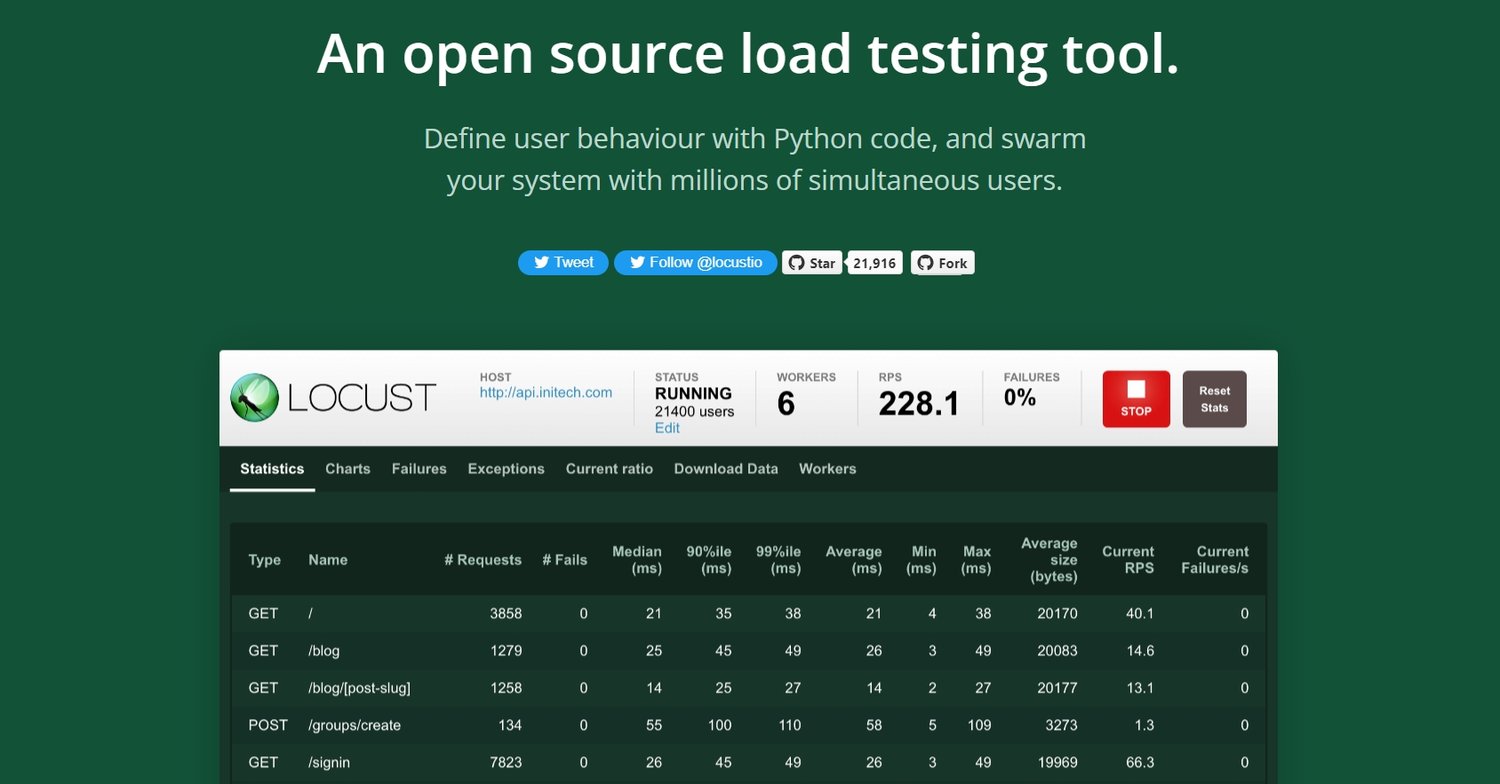
It can be quickly installed using pip, a package manager for Python. Locust provides an interface and a dashboard to display the reports in a graphical format. However, it can also run in a headless mode with no GUI, generating reports in plain text in the terminal.
Gatling
Gatling is also an open-source load-testing tool designed for continuous load testing and development pipeline integration. You can integrate Gatling with Jenkins and monitor performance regressions after each commit.
It provides a Domain Specific Language (DSL) for Java, Kotlin, and Scala programming languages to write automated test scripts. At the end of the test, Gatling automatically generates a dynamic and colorful report.
You can use Gatling in two ways: installing it as a standalone tool or installing it as a dependency for your project using Maven or Gradle.
JMeter
Apache’s JMeter is a popular open-source load-testing tool that tests functional behavior and measures performance. It simulates a heavy load on a server, group of servers, network, or object to analyze overall performance under different load types and scenarios.
It is 100% Java based and provides a full-featured IDE for recording, building, and debugging. JMeter can generate dynamic HTML report, offer complete portability, supports multithreading, and allows continuous integration for Gradle, Maven, and Jenkins.
Also read: Apache Jmeter: Everything you Need to Know
BlazeMeter
BlazeMeter can create API tests and monitor your APIs from early development through production. It integrates with open-source tools such as Jenkins and Slack and notifies the team at the right time when API issues emerge.
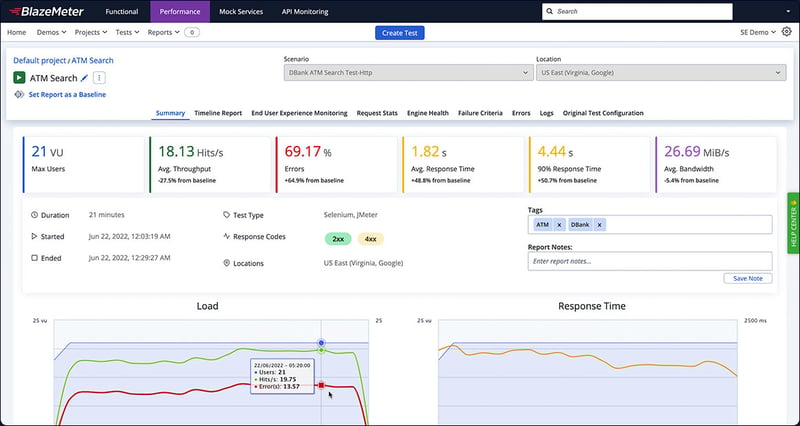
It lets you simulate over two million virtual users from 56 locations across the globe (Asia Pacific, Europe, North and South America). You can extract response data and store it in variables to be used in subsequent requests.
BlazeMeter offers a free plan which you can use to create a 20 min max test, up to 10 tests in total, and 50 simultaneous users.
Final Words
API load testing is good for dealing with scalability bottlenecks, reliability, and security of the API. However, it can’t be used to test real user interactions. Note that API testing only simulates users for you. If you want to test real user interactions, then UI tests on an actual browser are the way to go.
Next, you can learn more about various regression testing tools!
Si quiere puede hacernos una donación por el trabajo que hacemos, lo apreciaremos mucho.
Direcciones de Billetera:
- BTC: 14xsuQRtT3Abek4zgDWZxJXs9VRdwxyPUS
- USDT: TQmV9FyrcpeaZMro3M1yeEHnNjv7xKZDNe
- BNB: 0x2fdb9034507b6d505d351a6f59d877040d0edb0f
- DOGE: D5SZesmFQGYVkE5trYYLF8hNPBgXgYcmrx
También puede seguirnos en nuestras Redes sociales para mantenerse al tanto de los últimos post de la web:
- Telegram
Disclaimer: En Cryptoshitcompra.com no nos hacemos responsables de ninguna inversión de ningún visitante, nosotros simplemente damos información sobre Tokens, juegos NFT y criptomonedas, no recomendamos inversiones


